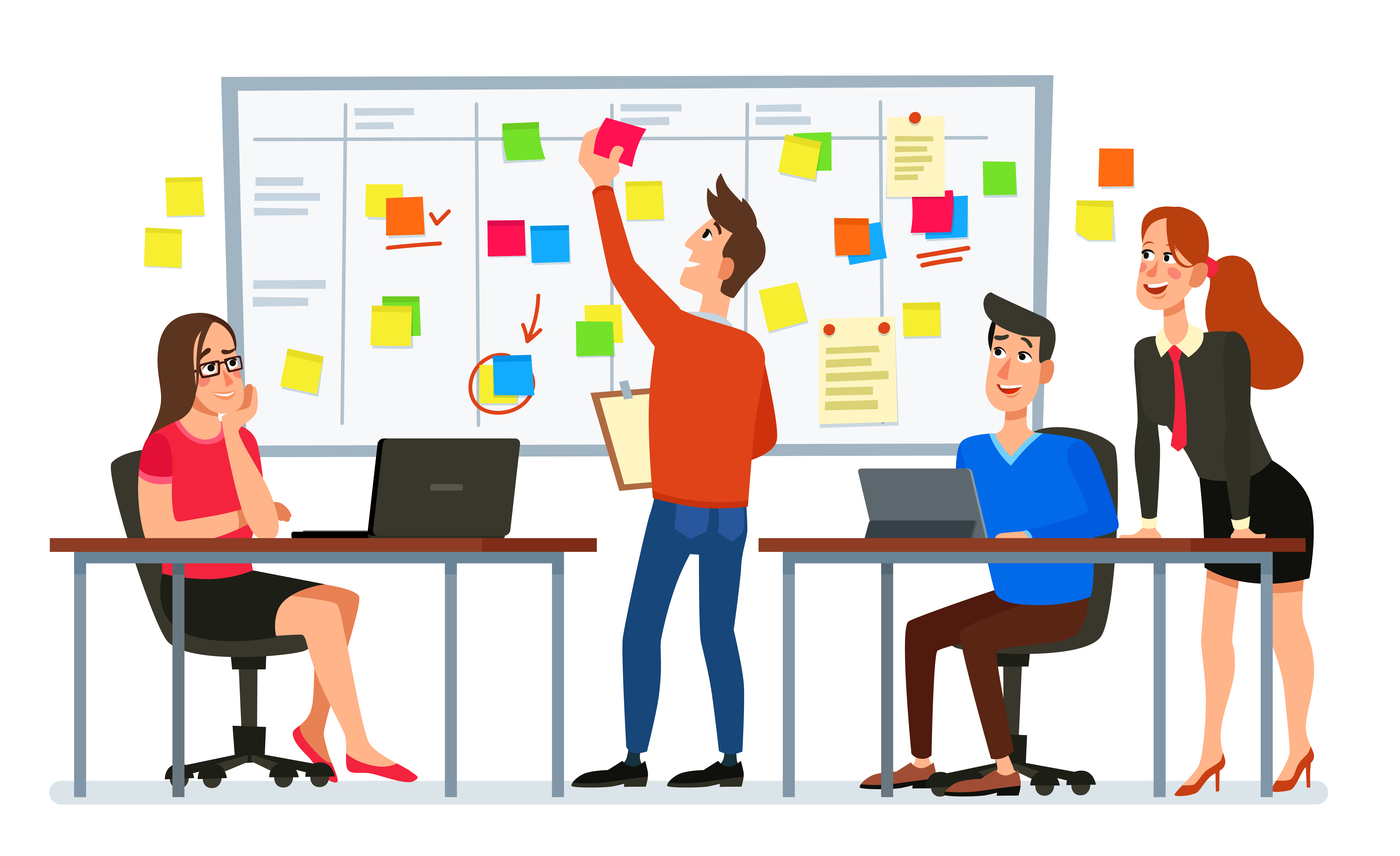5 Ways Doctors Can Reduce Paperwork Instantly

In the bustling world of healthcare, paperwork seems like an unending river. Doctors, nurses, and medical staff often find themselves buried under piles of documents, forms, and records, which not only detracts from patient care but also contributes to administrative burnout. Streamlining this process can significantly reduce stress levels and increase efficiency, leading to better patient outcomes. Here are five practical ways doctors can reduce paperwork instantly in their medical practice:
Implement Electronic Health Records (EHR)

The transition to Electronic Health Records (EHR) from paper-based systems can drastically reduce the need for physical documentation. EHRs not only help in reducing clutter but also offer several advantages:
- Immediate Access: Information is available instantly, which can speed up patient visits and provide more accurate and timely care.
- Less Chance of Errors: Transcription mistakes can be minimized with EHRs.
- Improved Communication: Data sharing between healthcare providers becomes seamless, cutting down on duplicate forms.
💡 Note: Ensure all staff members are adequately trained on the use of EHR systems to maximize their efficiency.
Use E-Prescribing

E-Prescribing, or electronic prescribing, eliminates the need for handwritten prescriptions. Here’s how it benefits doctors:
- Error Reduction: E-Prescribing minimizes misinterpretations in prescription orders, reducing the risk of medication errors.
- Time Saving: Writing prescriptions electronically takes less time than doing so on paper, saving valuable minutes in a busy practice.
- Better Patient Compliance: Patients receive clearer instructions, which can improve medication adherence.
Utilize Voice Recognition and Dictation

Voice recognition software can be a boon for doctors. By dictating notes, summaries, or even entire charts:
- Documentation Speed: Dictation significantly speeds up the documentation process, allowing doctors to enter more data in less time.
- Improved Focus: Doctors can maintain eye contact with patients while documenting, enhancing communication.
- Hands-Free: This method frees up their hands, reducing physical strain and improving workflow.
Outsource Administrative Tasks

Some paperwork can be safely outsourced to administrative professionals:
- Transcription Services: Outsourcing transcription can save doctors from spending time typing up their dictations.
- Billing and Coding: Outsourcing these tasks ensures accuracy and compliance, freeing doctors to focus on medicine.
- Patient Intake: Pre-screening and intake forms can be handled by trained personnel or technology solutions like online forms.
⚠️ Note: Ensure that any outsourced services comply with HIPAA regulations for patient data privacy.
Implement Practice Management Software

Practice Management Software (PMS) integrates various administrative tasks into one platform:
- Scheduling: Automate appointment setting and reminders, reducing missed appointments and no-shows.
- Billing: Integrates with EHR to facilitate billing, claim submissions, and revenue cycle management.
- Task Management: Assign, track, and follow up on administrative tasks efficiently.
The transition from paper-based to digital systems might seem daunting at first, but the benefits to patient care, administrative efficiency, and the well-being of healthcare providers are undeniable. Each of these strategies can be implemented independently, but for a comprehensive reduction in paperwork, a combination approach is most effective. By reducing physical paperwork, doctors can focus more on what truly matters: delivering high-quality healthcare.
What are the first steps to implement EHR?

+
Begin by assessing your practice’s needs, choose an EHR system, ensure HIPAA compliance, train staff, and gradually transition from paper to electronic records, using parallel processes to ensure continuity of care.
How can I ensure patient privacy with E-Prescribing?

+
Ensure your E-Prescribing software complies with HIPAA regulations, use secure networks for transmission, and implement strong user authentication and data encryption measures.
Can voice recognition software save time for doctors?

+
Yes, voice recognition software can significantly reduce the time doctors spend on documentation, allowing them to see more patients or focus more on patient care.



